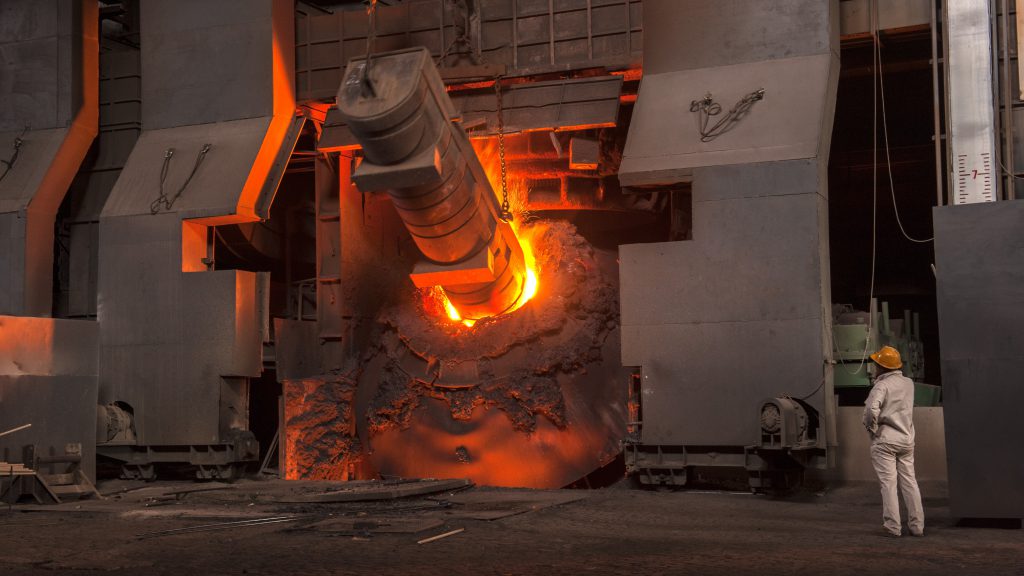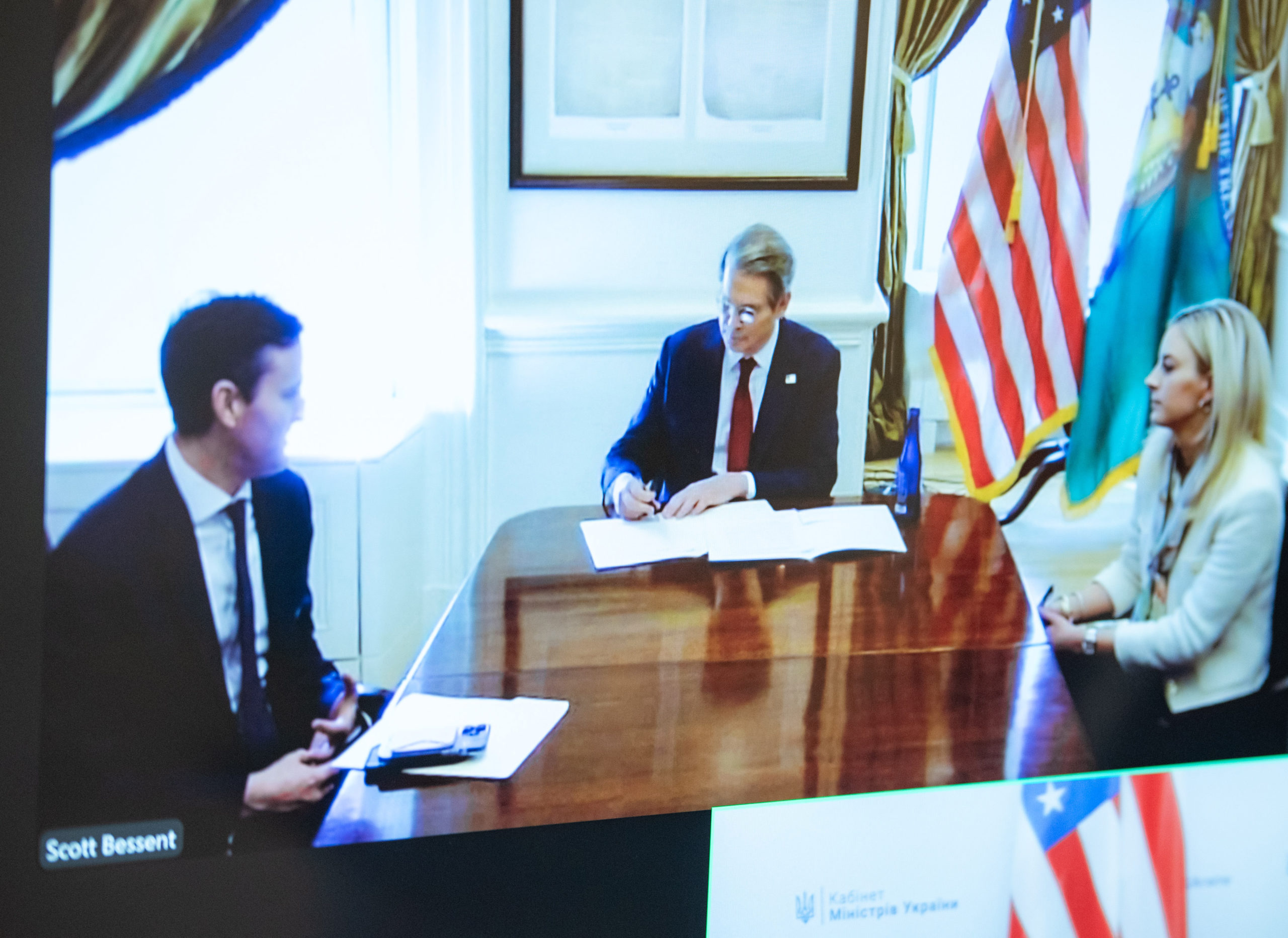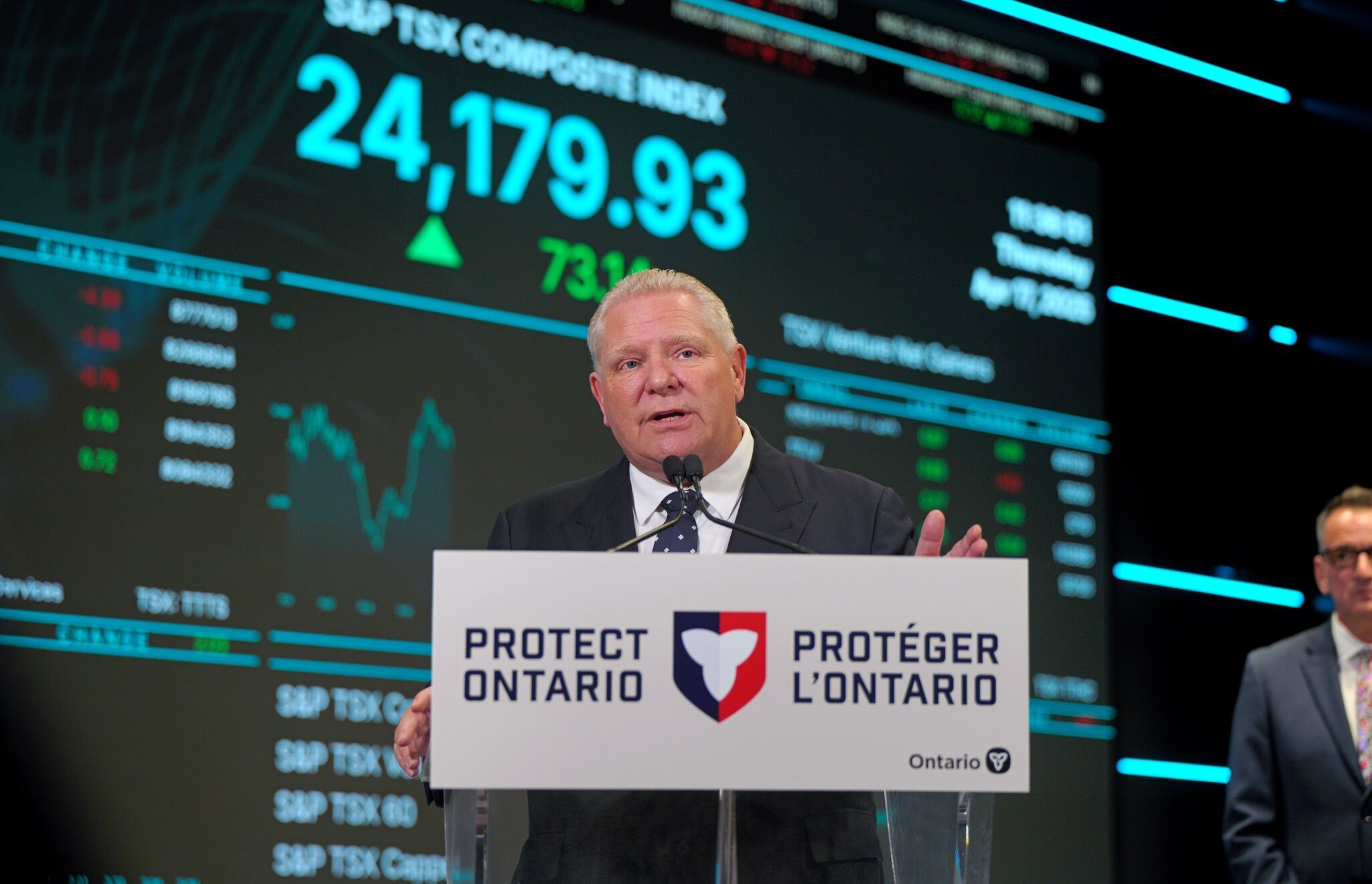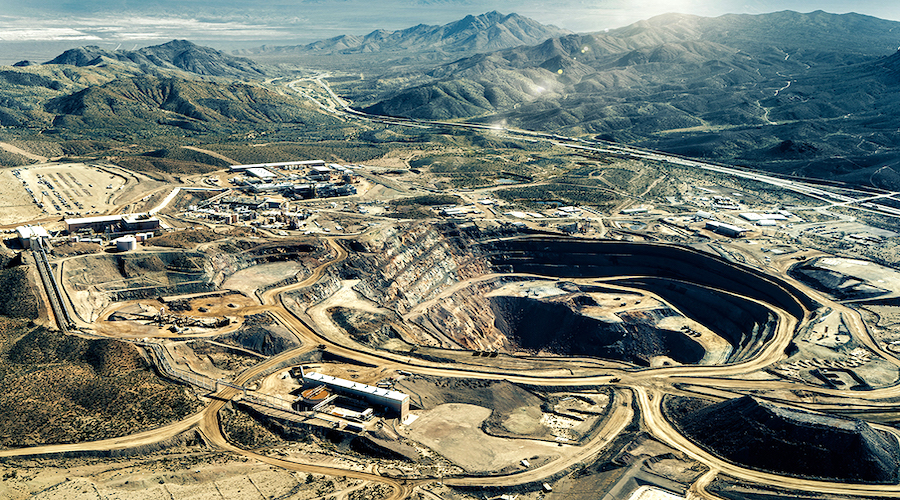Iron ore price jumps on big spread between spot cargoes and futures

Iron ore futures rose as much as 4% on Thursday on a big spread between spot cargoes and futures and demand for the steelmaking ingredient strengthened.
Benchmark 62% Fe fines imported into Northern China (CFR Qingdao) were changing hands for $178.41 a tonne, up 2.8% from the previous trade, according to Fastmarkets MB.
The most actively traded iron ore on the Dalian Commodity Exchange, for September delivery, closed up 3.6% to 1,049 yuan ($160.56) per tonne.
Prices have been fueled by falling supplies from major miners.
“There have been speculations that other places like Handan city in Hebei will also implement production curbs, but they haven’t,” a Tangshan-based analyst told Reuters, adding that iron ore demand is still supported by resilient steel output.
Tangshan, China’s top steelmaking city, said last month it will punish firms that either have not taken the steps spelled out under its emergency anti-pollution plan or have illegally discharged pollutants, following weeks of smog in northern China.
Port stockpiles in China continue to hold near the highest level since May 2019
Daily crude steel output at major steel mills in China stood at 2.3 million tonnes in the first ten days of April, according to the China Iron and Steel Association, up 2.9% from end-March and having jumped 16.9% on an annual basis.
Analysts with Huatai Futures also noted that price spread between spot cargoes and futures is relatively big now, which leaves room for futures prices to increase.
Shipments from Australia and Brazil — China’s two major iron ore suppliers — fell by 4.04 million tonnes to 24.04 million tonnes as of April 9 from the week earlier, data from Mysteel consultancy showed.
Port stockpiles in China continue to hold near the highest level since May 2019.
Goldman Sachs expects the market to enter a surplus in the second half of the year on higher Brazilian exports, bank analysts wrote in a note, adding they see prices falling back to $110 a ton by the fourth quarter and below $100 in 2022.
(With files from Bloomberg and Reuters)
More News
Ukraine-US sign memorandum on minerals deal
April 17, 2025 | 03:05 pm
Ontario promises to cut red tape for critical mining projects
April 17, 2025 | 01:48 pm
MP Materials halts exports to China
The move follows Chinese restrictions announced earlier this month.
April 17, 2025 | 01:32 pm
{{ commodity.name }}
{{ post.title }}
{{ post.date }}




Comments